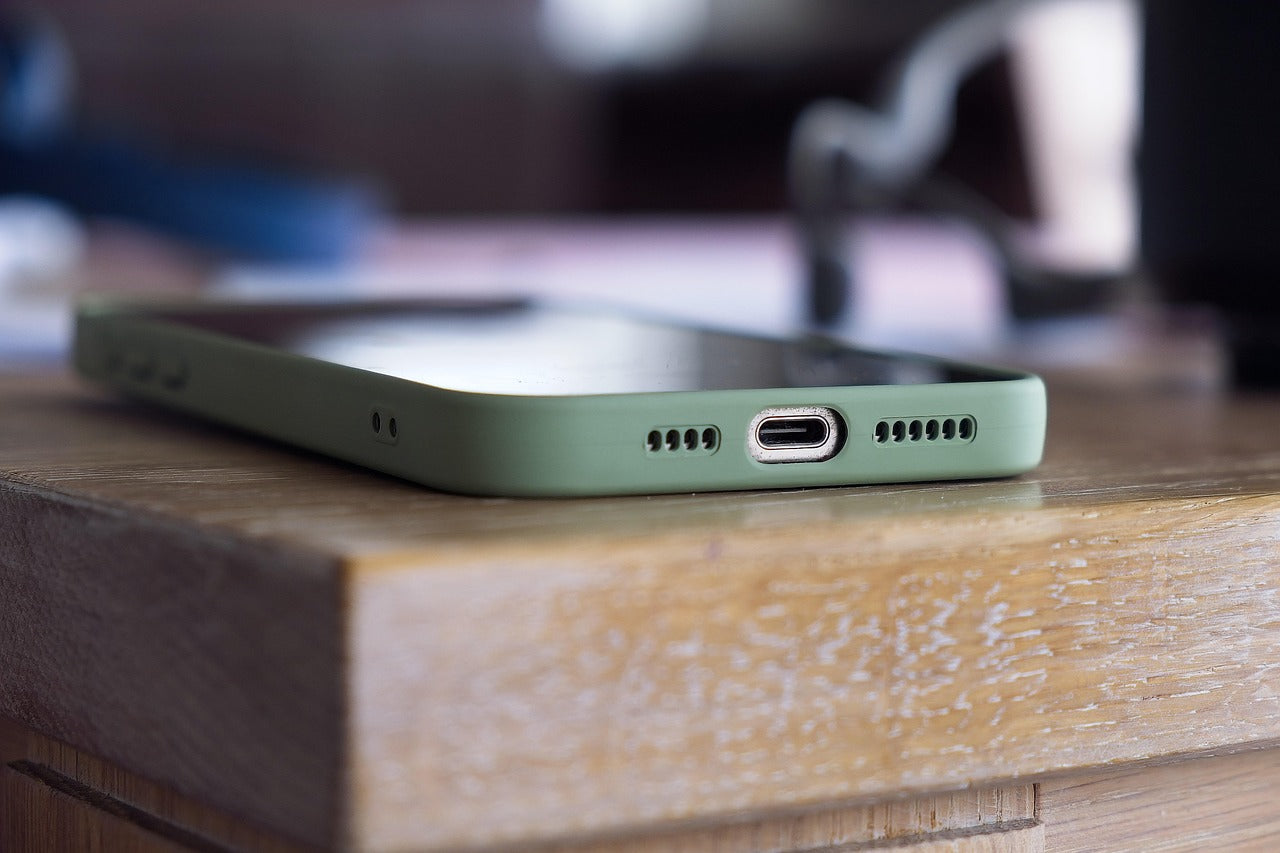
Small Steps, Big Impact: Easy Ways to Stay Active as You Age
Staying active in later life doesn’t have to mean intense workouts or joining a gym. In fact, gentle, consistent movement can deliver real health benefits—both physically and mentally. The key is finding simple activities that fit your lifestyle and make you feel good. Here are some approachable ways to keep moving and stay well.
Why Staying Active Matters
Regular movement supports heart health, strengthens muscles and bones, improves balance, and helps maintain a healthy weight. But the benefits don’t stop there—staying active also boosts mood, reduces stress, improves sleep, and keeps the brain sharp.
Importantly, it can help older adults remain independent for longer, making everyday tasks easier and reducing the risk of falls.
Walking: The Most Underrated Exercise
Walking is one of the simplest and most accessible forms of physical activity. Whether it’s a daily stroll to the shops or a nature walk in the park, walking helps keep joints flexible, improves circulation, and lifts your spirits. Try walking with a friend, listening to music or an audiobook, or joining a local walking group for added motivation.
Gentle Home Exercises
There’s no need for special equipment or a gym. Exercises like leg raises, seated stretches, or gentle yoga routines can be done right at home. These improve flexibility, strengthen your core, and support joint health—all while fitting neatly into your daily routine.
Set a timer to remind yourself to stretch or move every hour or so if you’re sitting for long periods.
Make It Social
Physical activity doesn’t have to be a solo effort. Joining a dance class, taking up bowls, or trying a chair-based exercise session at your local community centre can make movement more fun and consistent. Social connection adds another layer of wellbeing to the mix.
Build It Into Everyday Life
Simple changes can make a big difference. Choose the stairs instead of the lift, do a few balance exercises while brushing your teeth, or stretch while watching TV. Gardening, housework, and even playing with grandchildren all count as active time.
Listen to Your Body
Stay in tune with how you feel. Start slowly and build up gradually. It’s normal to feel a bit stiff when trying something new, but stop if you feel pain or dizziness. Always speak with your doctor if you have health concerns or are beginning a new activity after a period of rest.
Consistency Is More Important Than Intensity
You don’t need to push yourself hard—what matters most is moving a little every day. These small steps, done regularly, can lead to significant improvements in health and wellbeing over time.
Making movement part of your everyday life doesn't have to be complicated. By finding small, enjoyable ways to stay active, you can boost your health, confidence, and happiness well into your later years.



Leave a comment
This site is protected by hCaptcha and the hCaptcha Privacy Policy and Terms of Service apply.